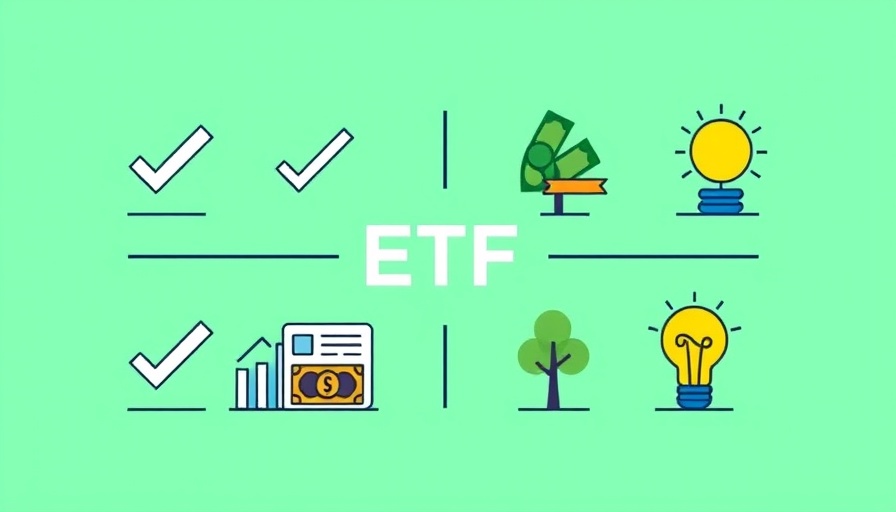
Understanding the ETF Selection Process
In the ever-evolving world of investments, the methodology of selecting Exchange-Traded Funds (ETFs) has become a cornerstone for financial institutions. Betterment's portfolio construction emphasizes ETFs for their low costs and high liquidity, making them attractive for both seasoned investors and those just starting out. Here's a look at the major factors influencing ETF selection.
Why Choose ETFs?
ETFs are essentially baskets of securities like stocks and bonds that can be traded like individual shares. They come in two main types: passive and active. Passive ETFs aim to closely track a benchmark index such as the S&P 500, while active ETFs are managed with the intention of outperforming these benchmarks through selective security choices.
Key Advantages of ETFs
The structural benefits of ETFs over mutual funds are evident:
- Transparent Goals: ETFs typically have clear mandates, focusing primarily on tracking market benchmarks without the complexities of active management.
- Intraday Trading: Investors can buy and sell ETFs throughout the day, enhancing liquidity and making portfolio adjustments straightforward.
- Cost Efficiency: Lower turnover rates in passive funds contribute to reduced fees, making ETFs more affordable overall.
By selecting ETFs with these benefits, institutions can create diverse portfolios that meet investor needs while mitigating unnecessary costs.
The Value of Active ETFs
Nonetheless, active ETFs have their place, especially in asset classes where rigorous research could yield superior returns. These managed funds rely on experienced portfolio managers to navigate tricky markets, providing an alternative strategy when the passive approach may fall short.
Conclusion
In summary, the ETF selection methodology demonstrates a strategic approach to designing investment portfolios that balance cost, liquidity, and performance. For financial institutions aiming to optimize their clients' investment experiences, understanding these selections is crucial.
 Add Row
Add Row  Add
Add 



 Add Row
Add Row  Add
Add 


Write A Comment